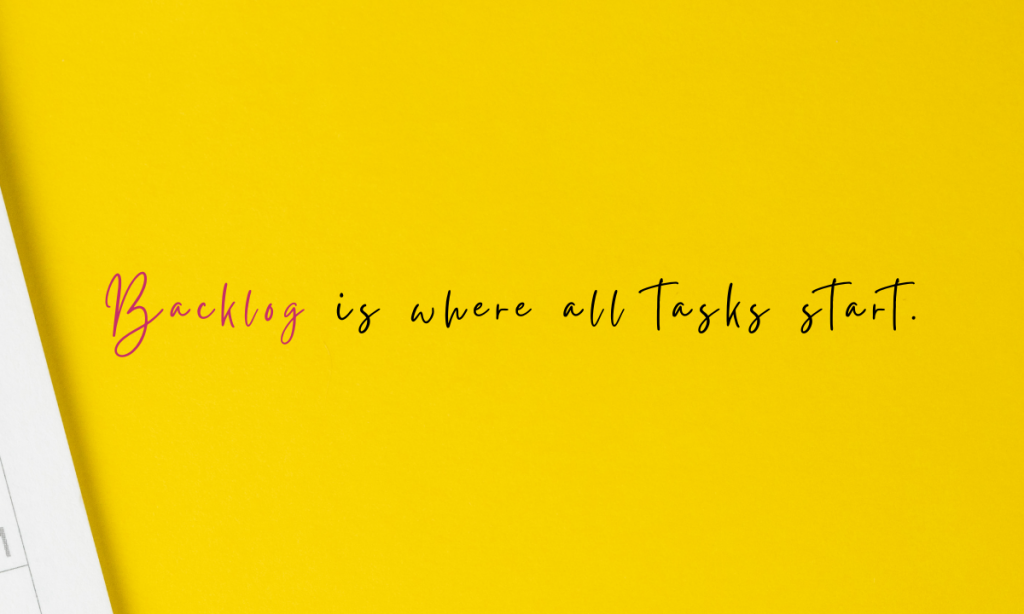
I’d like to share with you my number one favorite productivity tip, a tip I learned from Chet Holmes’ book, “The Ultimate Sales Machine,” which I highly recommend. This productivity tip is something that I learned back in 2011. It is something that I live every single day. So, what is it? Anytime something comes across your desk, you need to either do one of three things.
1. Do it
2. Delegate it
3. Delete it
That’s profound, right? Let’s look at each of those three things a little closer.
Number One: Whenever something comes across my desk, I need to decide what to do with it. If I decide to do it, I am making a decision, right? Before making that decision, I always ask myself one question, “Does this task take five minutes or less?” If it takes five minutes or less, I’m going to do it right then. I am not going to say, “Oh, I’ll do this later,” because, if I do that, I’ll forget, and it doesn’t get done at all. If something takes less than 5 minutes to do, it will take longer to pull up my Google calendar and schedule a time for me to do that task so it is more efficient just to do it right away.
If a task takes longer than 5 minutes, or if it needs to be done on a regular basis, then I schedule it in, making it repeat on my calendar so that I don’t ever forget. While I might not do that task right away, I schedule it immediately and plan when I will work on it.
Another little tip is to never check your emails unless you have time to reply to those emails at that exact moment. I only check my emails when I have scheduled time to do it. And, for me, that happens twice each day, once in the morning and once in the afternoon. I block off up to 45 minutes each time to make sure I can read and reply as needed.
Number Two: Delegation is your best friend, literally. If you don’t have a virtual assistant, today’s the day to get one. You have to have somebody that you can delegate tasks to. It is impossible to run an online business and do everything that’s involved all by yourself.
You can easily find someone to pay just $2.50 to $5 an hour. (I highly recommend the Philippines for this.) If you want to find someone in the United States, expect to pay $15 an hour to $30 an hour. It is your job to learn how to delegate. Many people are not able to grow their companies because they’ve never learned to delegate.
You can’t delegate a strategy, but you can delegate a task.
When something comes across my desk, the question I always ask myself is, “Is there anybody on my team that I can delegate this to? Am I the one that has to do this, or is there anybody at all that I can give this to?” If there is someone on my team that I can give it to, it goes in their box. I actually have a board where I assign tasks in Trello for this specific purpose. You can shoot a quick video using Loom to start the process of delegation because you can give specific instructions about what needs to be done and how to approach it.
If I am not able to delegate it, then it stays on my plate. It goes back to the “do it” box, and then I have to either decide to do it right now or schedule a time in the future. If I get enough tasks that are very similar, then I realize that I might be missing someone on my team and that it’s time to hire somebody new. When this happens, I consider how much it would cost me to pay someone else to solve this problem and do this task for my business. If I can pay someone $50 or less to do a task, then I’m going to hire someone to do that for me. Any time I’m working on a task that I could pay someone else to do, then I’m only earning $50 an hour (or less) in my business.
You have to decide for yourself exactly how much your time is worth to you. Then, once you do, you can more easily make the decision to hire someone and delegate.
Number Three: In order to be able to delete tasks, you have to learn how to be curious about the operations and systems of your business. At a director level, you must figure out if this task should even be done in the first place. The best way to do this is to get extremely organized.
We use Trello boards to manage our projects. With these boards, we use the Kanban Methodology, which means we have different columns to put our tasks depending on where a task is in the workflow.
The columns we use are:
● Backlog
● Weekly Sprint
● Working On
● Pending Review
● Closed

Backlog is where all tasks start. As soon as we have an idea for a new task, it goes in the backlog. The backlog is not assigned work, but rather the work that needs to be scheduled.
The next column is the weekly sprint. The weekly sprint column has all of the tasks that we plan to accomplish that week.
Next is the working on column. The working on column has all of the tasks we are working on that day or are currently working on.
The pending review column is used to place tasks that need a review or have some type of blocker.
We also have a completed column where tasks are moved once they are completed.
With all of this in place, when I find a task that I don’t have anyone to delegate it to, I have to decide if I’m going to take responsibility for it, if we need to hire someone else, or if the task needs to be deleted altogether. When I’m weighing the options, I put this task in the backlog section. And, sometimes, this task will stay in the backlog for more than a couple of weeks; it’s not that urgent.
Deciding not to work on something is as important as deciding to work on something.
One of my mentors once said to me, “If you give a problem to a smart person, he will immediately set about trying to fix that problem, never stopping to consider should this problem be solved in the first place.”
As smart as you are, don’t be that person. All of these random and unnecessary tasks you’ll find in your business aren’t always a puzzle to solve. Sometimes, the pieces just need to be tossed. Always ask yourself, “Does this problem need to be solved in the first place?”
